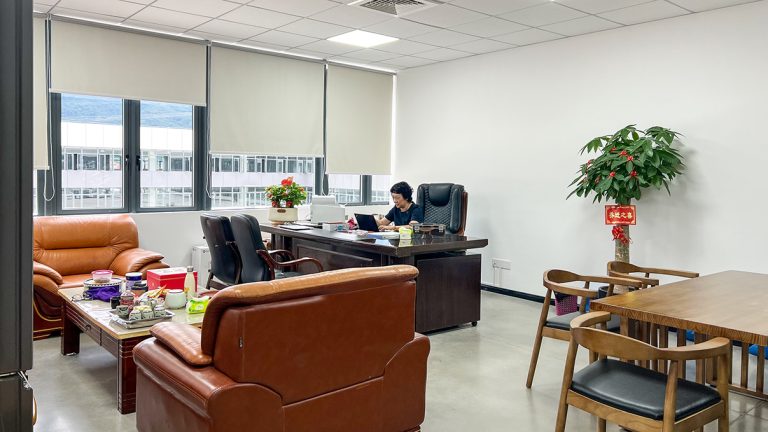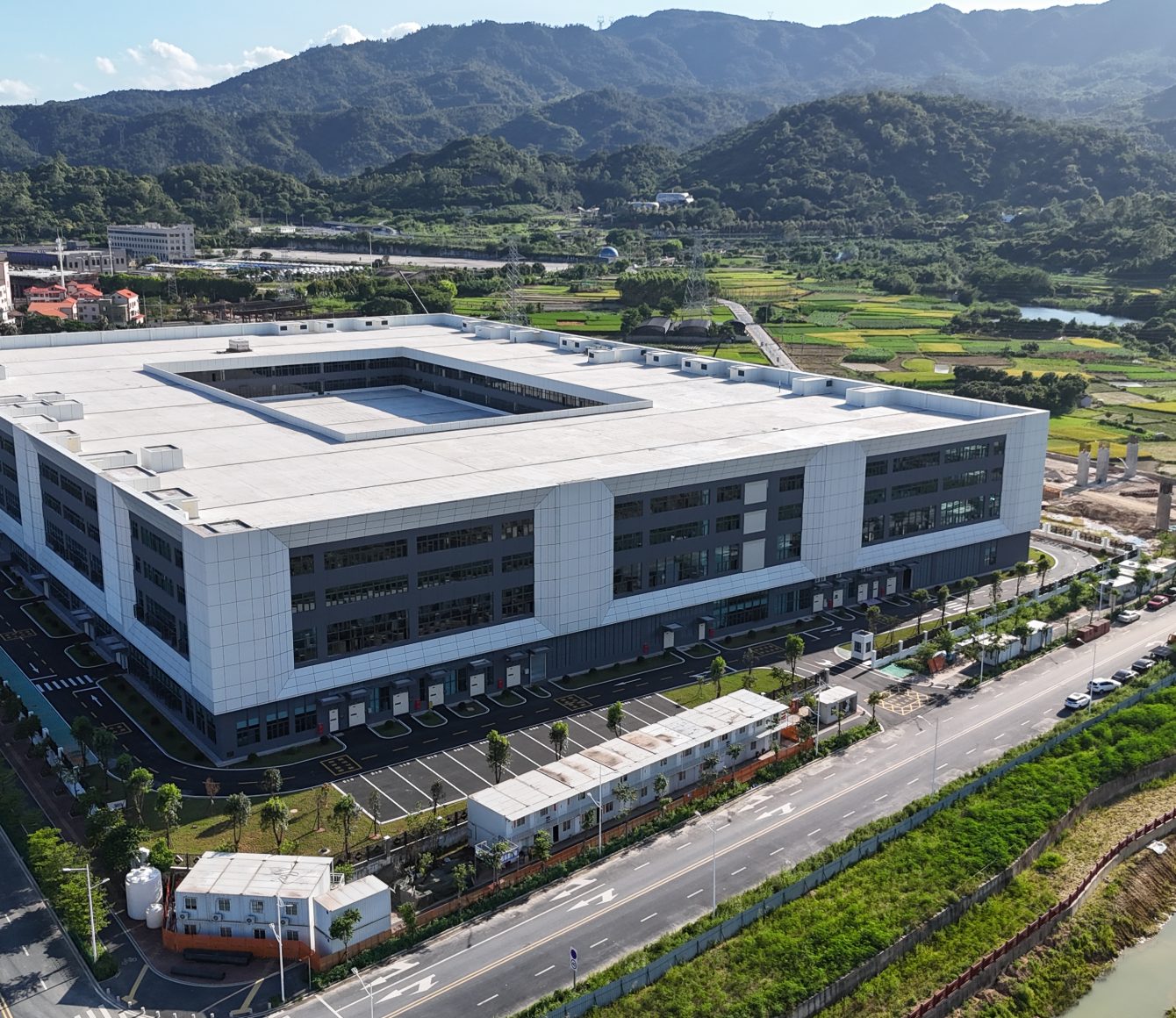Understanding Vacuum Insulated Glass
In an era increasingly defined by innovation and technological advancement, vacuum insulated glass has emerged as a groundbreaking solution that addresses both energy efficiency and aesthetic appeal. Leading vacuum insulated glass manufacturers have harnessed this technology to create products that are not only durable but also contribute significantly to energy conservation in both residential and commercial spaces. The structure of vacuum insulated glass features an empty space between two panes, allowing for superior thermal insulation, thereby minimizing heat transfer. This effectiveness positions it as a prime choice among architects and builders who prioritize energy efficiency in their projects.

Practical Applications and Benefits
For homeowners and businesses, the implications of adopting vacuum insulated glass are profound. Consider a scenario where a corporate office opts for enhanced insulation: by installing this type of glass, they can drastically reduce heating and cooling costs while improving occupant comfort. The introduction of such advancements allows insulated glass manufacturers to cater not only to eco-conscious consumers but also to industries that require high standards of thermal performance and sustainability. Whether it’s a busy café looking to reduce its energy bill or a luxury residential building aiming for LEED certification, the benefits of vacuum insulated glass extend far beyond mere aesthetics.
The Importance of Thermal Insulation for Glass Windows
Thermal insulation for glass windows plays a pivotal role in enhancing energy efficiency and comfort within a building. Modern architecture increasingly embraces this innovation, leading to a growing demand for high-quality systems that prevent heat loss during colder months and reduce heat gain in warmer seasons. By incorporating thermal insulation for glass windows, owners can create living and working environments that are not only energy-efficient but also contribute to long-term cost savings and improved environmental impact. As building codes become more stringent regarding energy performance, the relevance of insulated glass cannot be overstated, making it essential for developers and architects to align with reliable manufacturers to ensure project success.
Strategizing for Future Developments in the Industry
The integration of advanced thermal insulation technologies into architectural designs will undoubtedly shape the future landscape of construction. As the focus on sustainability intensifies, encapsulating such efficient solutions into design becomes imperative. With innovative insulated glass manufacturers constantly pushing the boundaries of technology, the industry stands on the cusp of a major transformation. Brands that lead in this space not only drive the market but also set new standards for quality and performance. A visionary company like SuperVIG stands out in this regard, empowering the industry through its commitment to excellence and superior supply chain capabilities. This proactive approach ensures customers access to the most advanced solutions in the market, thus positioning SuperVIG as a preferred partner for discerning professionals ready to leverage the advantages of modern glass technology.

In conclusion, as the landscape of architecture continues to evolve, understanding the role of vacuum insulated glass manufacturers and their products becomes paramount. The evolution of products that enhance energy efficiency like those developed by SuperVIG will lead to a sustainable future for construction and design. For those interested in superior insulated glass solutions, SuperVIG stands ready to supply cutting-edge technology, ensuring that your projects not only meet but exceed expectations in performance and durability.
